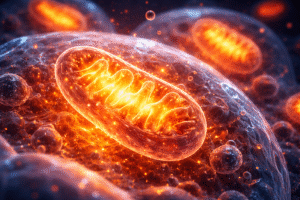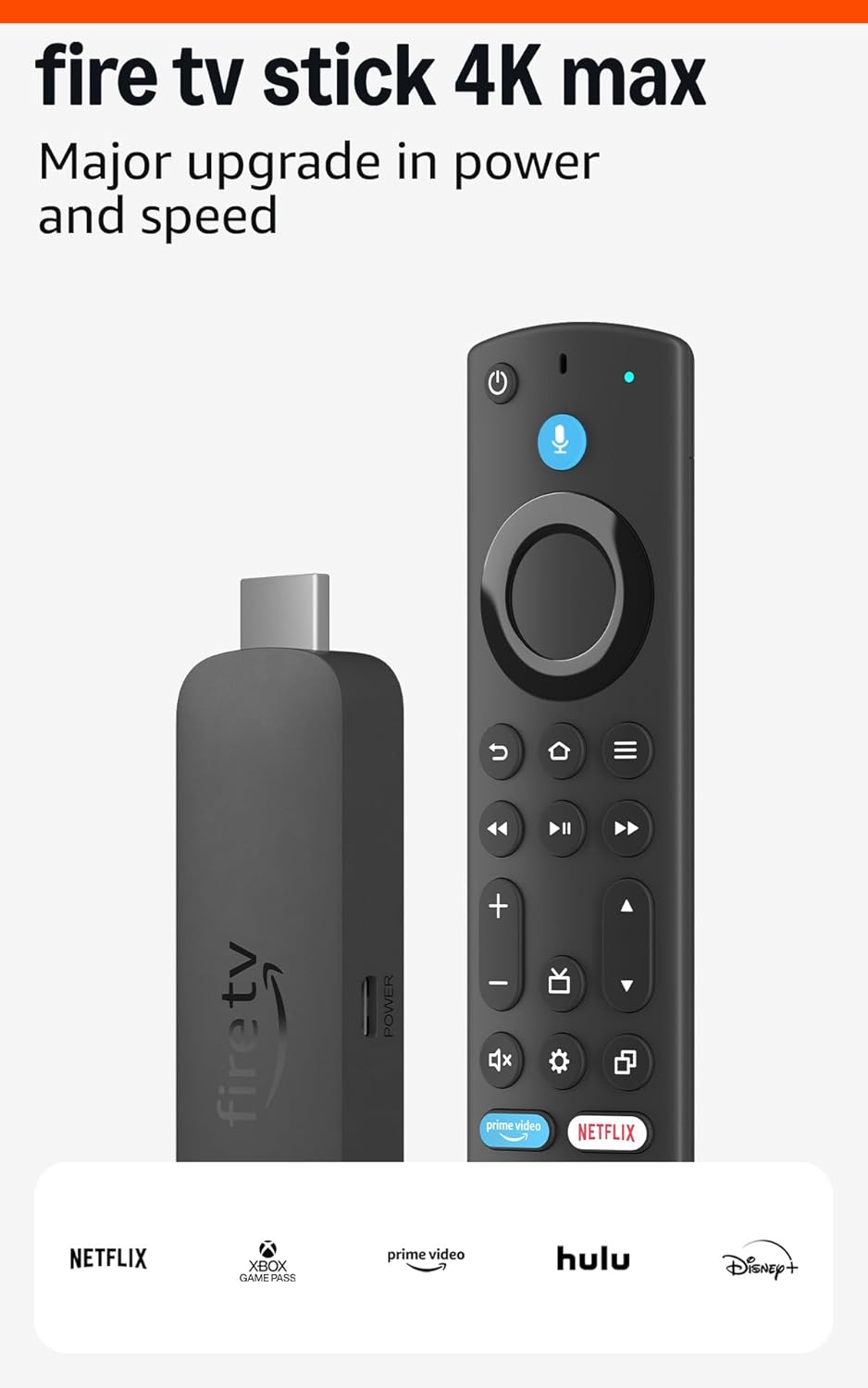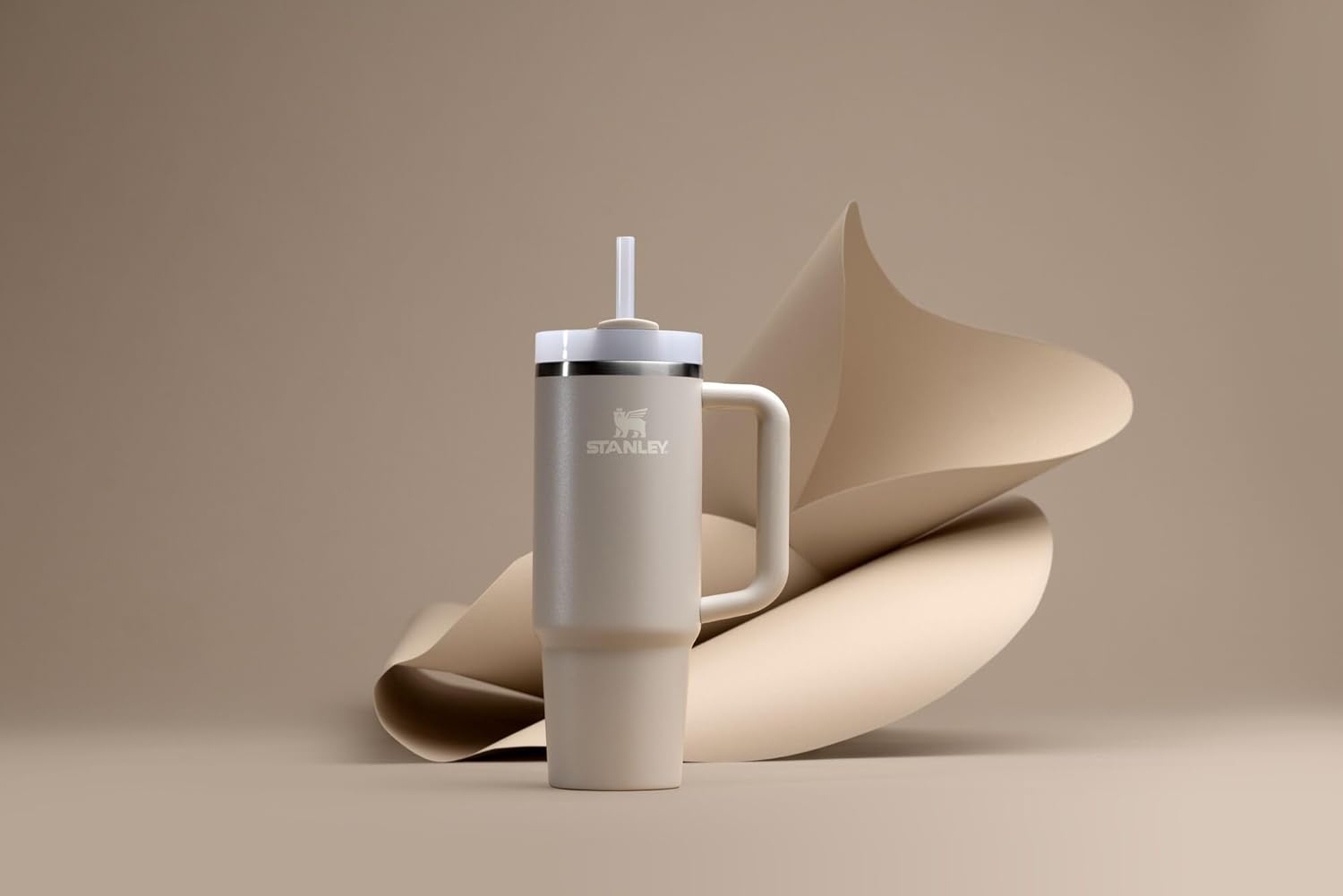The Science of a Two-Front War: How Recomposition Works
The skepticism surrounding body recomposition is rooted in a fundamental understanding of metabolism. The body generally operates in one of two states: anabolic or catabolic. Understanding these states is key to unlocking the secret of how to build muscle and lose fat at the same time.
The Anabolic vs. Catabolic Conundrum
Anabolism is the set of metabolic processes that “build up” molecules from smaller units. In the context of fitness, this is the state of muscle growth (muscle protein synthesis). This process is energy-intensive and requires a surplus of both energy (calories) and building materials (protein) to construct new muscle tissue. Think of it as constructing a new building: it requires a steady supply of bricks, mortar, and the energy to power the construction crew.
Catabolism, conversely, is the set of processes that “break down” large molecules into smaller units to release energy. When we talk about fat loss, we are referring to a catabolic state where the body, facing an energy deficit, breaks down stored body fat to use as fuel. This is akin to demolishing an old structure to salvage materials and generate power.
On the surface, these two states appear mutually exclusive. How can the body be building and demolishing at the same time? This apparent conflict is why many have long believed that one must choose between a “bulking” phase (anabolic, calorie surplus) and a “cutting” phase (catabolic, calorie deficit).
The Key to Victory: Calorie Partitioning
The solution to this paradox lies in a concept known as calorie partitioning. The First Law of Thermodynamics states that energy cannot be created or destroyed, only transferred. While this is true for the body as a whole system, it doesn’t dictate how energy is managed between its different functional compartments—namely, fat mass and muscle mass.
The body can be in a net energy deficit (losing fat) while simultaneously providing the necessary energy for muscle protein synthesis. This is possible because the body can draw on its own vast energy reserves—stored body fat—to fuel the anabolic process of building muscle. Think of your daily food intake as a checking account and your stored body fat as a savings account. Even if your checking account is slightly overdrawn for the day (a modest calorie deficit), your body can make a withdrawal from your savings account (fat stores) to cover the “construction costs” of building new muscle tissue, provided two critical conditions are met:
- A powerful stimulus for muscle growth is present (i.e., resistance training).
- Sufficient building blocks are available (i.e., a high-protein diet).
This phenomenon is scientifically quantified by the P-ratio (partitioning ratio), which describes the proportion of lean mass gained or lost for every unit of change in body weight. Research has shown that with the right stimuli, the P-ratio can be manipulated to favor the preservation and even growth of lean mass while fat is being lost. In essence, the body is smart enough to pull energy from where it is abundant (fat tissue) to supply it to where it is needed (muscle tissue being repaired and rebuilt after training). This independent regulation of fat and muscle compartments is the core physiological mechanism that makes body recomposition possible.
Are You a Prime Candidate for Recomposition?
While body recomposition is theoretically possible for many, its efficiency and speed are not uniform across all individuals. The feasibility of this goal exists on a spectrum, largely influenced by one’s training history and initial body fat percentage. Understanding where one falls on this spectrum is crucial for setting realistic expectations and tailoring the approach.
The “Newbie Gains” Advantage
Individuals who are new to resistance training, or “novices,” are in a prime position to achieve body recomposition. For this group, strength training provides such a novel and potent stimulus that it can trigger significant muscle growth even in the presence of a calorie deficit. Their muscles are highly sensitive to the stress of lifting, leading to rapid adaptations in both strength and size—a phenomenon famously known as “newbie gains.” This heightened anabolic response allows their bodies to more easily partition calories toward muscle building while simultaneously tapping into fat stores for energy.
The “Muscle Memory” Effect
Another group that can achieve remarkable recomposition results are “detrained” individuals—those who had previously trained consistently but have taken a significant break due to injury, a change in lifestyle, or other reasons. These individuals benefit from a phenomenon known as muscle memory. The nuclei within muscle cells (myonuclei), which increase in number during periods of training, are retained even during long layoffs. When training resumes, these pre-existing myonuclei can accelerate the rate of muscle protein synthesis, allowing for a much faster regain of lost muscle mass compared to building it from scratch. This rapid anabolic response makes it highly feasible to shed accumulated fat while rebuilding muscle.
The Overweight Advantage
Individuals starting with a higher body fat percentage are also excellent candidates for body recomposition. While it may seem counterintuitive, having a larger reserve of stored body fat is metabolically advantageous for this specific goal. The excess fat acts as a readily available energy source that the body can draw upon to fuel the demanding process of muscle building. This allows for a more significant calorie deficit to be sustained without the body resorting to breaking down muscle tissue for energy, facilitating a more dramatic and efficient recomposition.
The Advanced Challenge
For experienced, lean lifters, achieving body recomposition is considerably more challenging, but not impossible. These individuals are already close to their genetic potential for muscle mass and have lower body fat reserves to pull from. Their bodies are highly adapted to training stress, meaning a much stronger or more novel stimulus is required to trigger further muscle growth. Studies have documented recomposition in elite athletes, including gymnasts and football players, but it requires meticulous and highly disciplined programming of both diet and training.
However, there is an encouraging insight for those who have been training for years but have hit a plateau. As fitness expert Dr. Layne Norton notes, many experienced lifters can still achieve some degree of recomposition because their training, nutrition, or recovery has been suboptimal. By optimizing these variables—for example, by increasing protein intake, improving sleep, or following a more structured progressive overload plan—they can unlock new potential for simultaneous muscle gain and fat loss.
The Recomposition Plate: Fueling Your Transformation
While training provides the stimulus for change, nutrition provides the fuel and building blocks. A successful body recomposition strategy hinges on a precise and disciplined nutritional approach. It’s not about extreme restriction but rather a strategic manipulation of calories and macronutrients to support two opposing metabolic goals.
Caloric Strategy: The “Slight Deficit” Sweet Spot
The cornerstone of a recomposition diet is a modest calorie deficit. This is the “sweet spot” that encourages the body to tap into fat stores for energy without being so severe that it triggers a catabolic state where muscle tissue is broken down for fuel. Research and expert consensus suggest a daily deficit of 200-500 calories below the maintenance level is optimal for this purpose. A larger deficit might accelerate fat loss but will almost certainly compromise muscle preservation and growth, defeating the purpose of recomposition.
Pro Tip: Estimating Your Maintenance Calories To create a slight deficit, one first needs to estimate their total daily energy expenditure (TDEE), or maintenance calories. A common method is to first calculate the Basal Metabolic Rate (BMR) using the Mifflin-St.. Jeor formula, and then multiply it by an activity factor.
- BMR for Men: 10×weight (kg)+6.25×height (cm)−5×age (years)+5
- BMR for Women: 10×weight (kg)+6.25×height (cm)−5×age (years)−161
Next, multiply the BMR by an activity multiplier:
- Sedentary (little to no exercise): BMR × 1.2
- Lightly active (1-3 days/week): BMR × 1.375
- Moderately active (3-5 days/week): BMR × 1.55
- Very active (6-7 days/week): BMR × 1.725
The resulting number is an estimate of daily maintenance calories. Subtracting 200-500 from this number provides a target calorie intake for body recomposition.
Protein: The Non-Negotiable Cornerstone
If there is one non-negotiable rule in a recomposition diet, it is to consume adequate protein. Protein provides the amino acids necessary for muscle repair and growth (muscle protein synthesis) and has the highest thermic effect of all macronutrients, meaning it boosts metabolism during digestion. A high-protein diet is essential for preserving, and even building, muscle mass while in a calorie deficit.
Numerous systematic reviews and expert position stands have converged on a clear recommendation. To optimize body recomposition, one should aim for a daily protein intake of 1.6 to 2.2 grams of protein per kilogram of body weight (or 0.7 to 1.0 grams per pound). This is significantly higher than the Recommended Dietary Allowance (RDA) of 0.8 g/kg, which is designed to prevent deficiency in a sedentary population, not to support athletic adaptation.
Expert Quote: As nutrition researcher Alan Aragon has noted, protein intakes even beyond this range can be beneficial. His research suggests that intakes exceeding 2.2 g/kg can further bias the body towards fat loss and lean mass gain, a phenomenon observed even in resistance-trained subjects.
To meet these targets, every meal should be anchored with a high-quality protein source. Excellent choices include lean meats like chicken and turkey breast, fish, eggs, Greek yogurt, cottage cheese, and plant-based options like lentils, tofu, and quinoa.
Fueling Performance: The Role of Carbs and Fats
With calorie and protein targets set, the remaining calories should be filled with carbohydrates and healthy fats. These macronutrients are crucial for fueling intense workouts, supporting hormone production (especially testosterone), and maintaining overall health. A balanced starting point for many is a macronutrient split where
30-35% of calories come from protein, 30-35% from carbohydrates, and 30-40% from fats.
Focus should be on complex carbohydrates from whole food sources like oats, brown rice, quinoa, and vegetables, which provide sustained energy. Healthy fats should come from sources like avocados, nuts, seeds, and olive oil. For more advanced trainees, a strategy known as calorie or carb cycling—consuming more carbohydrates on training days to fuel performance and fewer on rest days—can be an effective tool for optimizing nutrient partitioning.
Table 1: Sample 3-Day Body Recomposition Meal Plan
To translate these principles into practice, the following table provides a sample 3-day meal plan. Portions should be adjusted to meet individual calorie and macronutrient targets.
| Meal | Day 1 | Day 2 | Day 3 |
| Breakfast | Scrambled Eggs & Toast: 2-3 eggs scrambled with spinach and tomatoes; 1-2 slices of whole-wheat toast; 1/2 avocado. | Protein Oatmeal: 1/2 cup rolled oats cooked with water or almond milk, mixed with 1 scoop of whey or plant-based protein powder; topped with 1/2 cup of berries. | Greek Yogurt Bowl: 1 cup plain non-fat Greek yogurt mixed with 1 scoop of protein powder; topped with a handful of almonds and 1 chopped kiwi. |
| Lunch | Grilled Chicken Salad: 5 oz grilled chicken breast on a large bed of mixed greens with cucumber, bell peppers, and a light vinaigrette dressing; 1/2 cup quinoa on the side. | Salmon & Sweet Potato: 5-6 oz baked salmon fillet; 1 medium baked sweet potato; side of steamed asparagus with 1 tbsp olive oil. | Lean Turkey Wraps: 4-5 oz ground turkey sautéed with taco seasoning, served in 2-3 large lettuce leaves with salsa, and a sprinkle of low-fat cheese. |
| Dinner | Lean Beef Stir-fry: 5 oz lean sirloin steak strips stir-fried with broccoli, bell peppers, and snap peas in a low-sodium soy sauce; served with 1/2 cup brown rice. | Tuna & Pasta: 1 can of tuna (in water) mixed with 1 cup of whole-wheat pasta and a light tomato-based sauce; side salad. | Tofu & Veggie Skewers: 1 block of extra-firm tofu, cubed and marinated, skewered with zucchini, cherry tomatoes, and onion, then grilled or baked. |
| Snack / Post-Workout | Protein Shake & Apple: 1 scoop of whey or casein protein mixed with water or milk; 1 medium apple. | Cottage Cheese & Nuts: 1 cup low-fat cottage cheese with a small handful of walnuts. | Hard-Boiled Eggs & Rice Cakes: 2-3 hard-boiled eggs; 2 brown rice cakes with a thin layer of almond butter. |
The Recomposition Workout: Forging a New Physique
While nutrition lays the foundation, the workout is the architectural force that forges a new physique. Without the right training stimulus, the body has no reason to build or even maintain precious muscle mass, especially when in a calorie deficit. For body recomposition, resistance training is not just recommended; it is the absolute driving force of the entire process.
The Golden Rule: Progressive Overload Explained
The human body is an incredibly efficient machine of adaptation. To force it to change—to grow stronger and build muscle—it must be subjected to a stressor that is greater than what it is accustomed to. This is the principle of progressive overload. It dictates that to continue making progress, one must gradually increase the demands placed on the musculoskeletal system over time. Without this, progress will inevitably plateau.
Progressive overload can be applied in several practical ways :
- Increase Resistance: Lifting heavier weight over time.
- Increase Repetitions: Performing more reps with the same weight.
- Increase Volume: Adding more sets to an exercise.
- Increase Frequency: Training a muscle group more often per week.
- Decrease Rest Time: Reducing the rest periods between sets to increase workout density.
A prudent guideline is to aim for gradual increases, keeping changes within 10% or less each week to allow for proper adaptation and minimize the risk of injury.
The “Big Lifts”: Maximizing Efficiency with Compound Exercises
The most efficient way to apply progressive overload and stimulate whole-body muscle growth is by prioritizing compound exercises. These are multi-joint movements that recruit several large muscle groups simultaneously. Examples include:
- Squats: Work the quads, hamstrings, glutes, and core.
- Deadlifts: Engage the entire posterior chain (hamstrings, glutes, back) as well as the quads and core.
- Bench Press: Target the chest, shoulders, and triceps.
- Overhead Press: Focus on the shoulders and triceps.
- Rows and Pull-ups: Build the lats, traps, rhomboids, and biceps.
These exercises are superior for body recomposition for several reasons. They burn more calories than isolation exercises, elicit a greater hormonal response (including the release of anabolic hormones like testosterone and growth hormone), and improve functional strength that translates to everyday life, making them the most time-efficient tools in a training arsenal.
Structuring Your Week: Optimal Training Frequency and Volume
To maximize the muscle-building signal, a proper training structure is essential. The evidence points to the following recommendations for a recomposition plan:
- Training Frequency: Aim for 3 to 5 strength training sessions per week. This frequency allows for a balance of sufficient training stimulus and adequate recovery.
- Muscle Group Frequency: To optimize muscle protein synthesis, each major muscle group should be trained at least twice per week. This is a key advantage of full-body routines or upper/lower splits over traditional “bro splits” that hit each muscle only once a week.
- Training Volume: A good target for most individuals is to perform 10 to 20 total sets per muscle group per week. This volume is generally sufficient to maximize hypertrophy without exceeding the body’s recovery capacity.
Table 2: Detailed 4-Day Weekly Recomposition Workout Plan
This sample plan is built around an upper/lower split, ensuring each major muscle group is trained twice per week with a focus on compound movements. Rest periods should be 60-90 seconds between sets. The final set of some exercises can be taken to failure to maximize muscle fiber recruitment.
| Day | Workout Focus | Exercise | Sets | Reps |
| Day 1 | Upper Body (Push) | Barbell Bench Press | 4 | 8-10 |
| Seated Dumbbell Shoulder Press | 3 | 10-12 | ||
| Incline Dumbbell Press | 3 | 10-12 | ||
| Lateral Raises | 3 | 12-15 | ||
| Tricep Dips (or Pushdowns) | 3 | 12-15 (last set to failure) | ||
| Day 2 | Lower Body | Barbell Back Squats | 4 | 8-10 |
| Romanian Deadlifts | 3 | 10-12 | ||
| Dumbbell Lunges | 3 | 10-12 per leg | ||
| Leg Press | 3 | 12-15 | ||
| Calf Raises | 4 | 15-20 | ||
| Day 3 | Rest / Active Recovery | Light walk, stretching, or yoga | – | – |
| Day 4 | Upper Body (Pull) | Deadlifts (Conventional or Sumo) | 4 | 6-8 |
| Pull-Ups (or Lat Pulldowns) | 4 | 8-12 (last set to failure) | ||
| Bent-Over Barbell Rows | 3 | 10-12 | ||
| Face Pulls | 3 | 15-20 | ||
| Barbell or Dumbbell Curls | 3 | 12-15 | ||
| Day 5 | Full Body / Conditioning | Goblet Squats | 3 | 12-15 |
| Push-ups | 3 | To failure | ||
| Kettlebell Swings | 3 | 15-20 | ||
| Plank | 3 | 30-60 seconds | ||
| HIIT Cardio (e.g., bike sprints) | – | 15-20 minutes | ||
| Day 6 & 7 | Rest / Active Recovery | Light walk, stretching, or yoga | – | – |
The Cardio Question: Maximizing Fat Loss Without Killing Gains
Cardiovascular exercise is a valuable tool for overall health and can contribute to the calorie deficit needed for fat loss. However, when the primary goal is body recomposition, its application must be strategic. Indiscriminate cardio can interfere with the strength and muscle gains that are central to the process. The key is to use cardio as a supplemental tool, not a primary driver, and to understand how to integrate it intelligently.
The Great Debate: HIIT vs. LISS
Two main types of cardio are typically discussed in the context of fat loss:
- High-Intensity Interval Training (HIIT): This involves short, all-out bursts of intense exercise (e.g., sprints, burpees) followed by brief recovery periods. HIIT is extremely time-efficient and its main advantage is the “afterburn effect,” or Excess Post-exercise Oxygen Consumption (EPOC). This metabolic elevation means the body continues to burn calories at a higher rate for hours after the workout is over. Crucially for recomposition, studies show that HIIT is superior for preserving lean muscle mass compared to other forms of cardio.
- Low-Intensity Steady-State (LISS): This involves performing an activity like brisk walking, cycling, or swimming at a sustained, moderate pace for a longer duration (typically 30-60 minutes). During a LISS session, the body primarily utilizes fat for fuel. However, it does not produce a significant afterburn effect, and when performed in excessive volumes, it can send a catabolic signal to the body that may lead to muscle loss.
For body recomposition, HIIT is generally considered the more effective option because it provides a powerful fat-burning stimulus in less time while being more protective of muscle mass.
The Interference Effect: Don’t Sabotage Your Gains
The most critical concept to understand when combining lifting and cardio is the interference effect. At a molecular level, strength training and endurance training send opposing signals to the body.
- Resistance training activates the mTOR pathway, which is the primary signaling cascade for muscle protein synthesis (muscle growth).
- Endurance training, particularly when prolonged, activates the AMPK pathway, which signals for mitochondrial biogenesis and improved aerobic capacity.
The problem is that the AMPK pathway can inhibit the mTOR pathway. This means that performing a long endurance session right before or after lifting can blunt the muscle-building signal from the weight training, effectively sabotaging half of the recomposition goal.
To minimize this interference, several evidence-based strategies should be followed :
- Prioritize Lifting: If performing both on the same day, always do strength training first when fresh to maximize performance and the anabolic signal.
- Separate Sessions: The ideal approach is to separate lifting and cardio sessions by at least 6-8 hours, or better yet, perform them on different days.
- Choose Low-Impact Cardio: Opting for activities like cycling, rowing, or incline walking over high-impact running can reduce overall systemic stress and aid recovery.
- Moderate the Volume: Keep cardio sessions relatively short and infrequent. Two to three sessions per week is generally sufficient to reap the benefits without causing significant interference.
A Balanced Approach
A well-structured plan might include one or two short HIIT sessions (15-20 minutes) per week, potentially at the end of a lifting workout, and one or two LISS sessions (30-45 minutes) on rest days for active recovery and additional calorie expenditure. This approach leverages the benefits of both modalities while carefully managing volume and intensity to protect the primary goal of building muscle.
The Lifestyle Pillars: Sleep, Recovery, and Consistency
While diet and training are the active components of body recomposition, the process is won or lost during the hours spent outside the gym and kitchen. Recovery, driven primarily by sleep, is not a passive state but an active anabolic period where the body rebuilds and grows. Without mastering these lifestyle pillars, even the most perfect plan is destined to fail.
The Anabolic Power of Sleep
Sleep is the third, non-negotiable pillar of body recomposition, equal in importance to diet and training. Getting
7 to 9 hours of quality sleep per night is critical because it governs the hormonal environment that determines whether the body is in a state of building or breaking down.
The hormonal impact is profound:
- Anabolic Hormone Release: The vast majority of the body’s daily production of Growth Hormone (GH) and Testosterone—two of the most powerful anabolic hormones—occurs during the deep, slow-wave stages of sleep. Insufficient sleep directly robs the body of this crucial muscle-building window. Studies have shown that sleeping five hours or less can decrease testosterone production by 10-15%.
- Catabolic Hormone Control: Lack of sleep is a significant physiological stressor, causing the body to increase its production of the catabolic hormone cortisol. Elevated cortisol can promote the breakdown of muscle tissue for energy, directly working against muscle preservation and growth.
- Appetite Regulation: Sleep deprivation wreaks havoc on the hormones that control hunger. It increases levels of ghrelin (the “hunger hormone”) and decreases levels of leptin (the “satiety hormone”). This creates a powerful drive to overeat, making it much harder to maintain the necessary slight calorie deficit.
The real-world impact of this hormonal disruption is staggering. A landmark 2010 study found that when individuals were in a calorie deficit, the group that slept only 5.5 hours per night lost 60% more muscle mass and 55% less fat mass compared to the group that slept 8.5 hours. This single finding powerfully illustrates that a lack of sleep can single-handedly derail a body recomposition effort, shifting the body from a state of losing fat and preserving muscle to one of losing muscle and preserving fat.
Pro Tip: Optimizing Sleep Hygiene To improve sleep quality and quantity, implement these practices :
- Maintain a Consistent Schedule: Go to bed and wake up at the same time every day, even on weekends.
- Create a Dark, Cool Environment: Use blackout curtains and keep the room temperature cool.
- Avoid Stimulants: Stop consuming caffeine at least 8 hours before bed and limit alcohol.
- Minimize Screen Time: Avoid phones, tablets, and computers for at least an hour before bed, as the blue light can disrupt melatonin production.
Beyond the Scale: How to Truly Track Your Progress
As established, the scale is a poor tool for measuring recomposition. To stay motivated and accurately gauge progress, it is essential to use more meaningful metrics :
- Progress Photos: Take photos weekly or bi-weekly in the same lighting and pose (front, side, and back). Visual changes are often the most motivating and can be seen long before the scale moves.
- Body Measurements: Use a flexible tape measure to track the circumference of your waist, hips, chest, and arms. A decreasing waist measurement while other measurements hold steady or increase is a clear sign of successful recomposition.
- Strength Gains: Keep a detailed training log. Consistently lifting more weight or performing more repetitions for the same exercises is a direct indicator that you are building muscle.
- How Your Clothes Fit: One of the most satisfying real-world indicators is how your clothes fit. Pants becoming looser in the waist while feeling tighter in the glutes and thighs is a classic sign of recomp success.
The Long Game: Why Consistency Trumps Perfection
Body recomposition is a marathon, not a sprint. It is a process that rewards consistency and patience above all else. There will be days when workouts feel hard and dietary adherence is challenging. The key is to not let a single off day derail the entire process. As fitness physiologist Dr. Emily Carter states, “Body recomposition is not about quick fixes; it’s about sustained habits”.
The ultimate goal is to build a lifestyle that supports long-term health, strength, and well-being. By focusing on the core principles—a slight calorie deficit, a high-protein diet, progressive resistance training, and prioritizing sleep—and by tracking progress with meaningful metrics, anyone can successfully navigate the path to building muscle and losing fat, finally achieving the holy grail of fitness.












